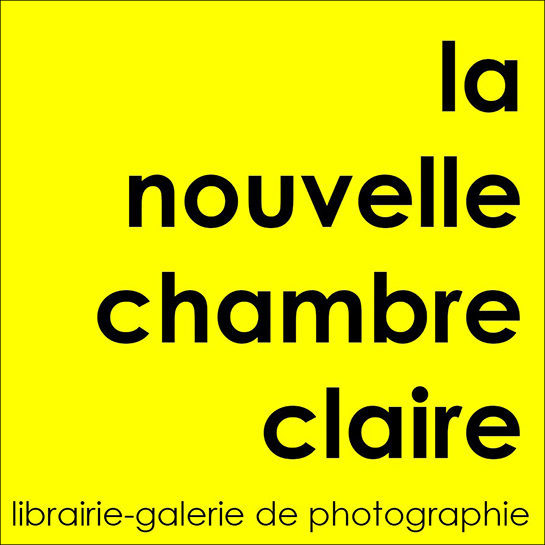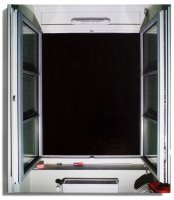Dans Mons Ferratus, le photographe franco-algérien Karim Kal, lauréat du prix Henri Cartier-Bresson 2023, explore les nuits de la Haute-Kabylie. Situé au nord de l’Algérie, ce territoire montagneux est, dans l’imaginaire collectif, le symbole d’une certaine forme de résistance à l’impérialisme, à la colonisation et aux terreurs à travers les âges. Karim Kal s’intéresse ici aux paysages urbains, aux éléments d’architecture et à la végétation qui dessinent ce territoire. Petit-fils de Kabyles, le photographe ne revendique pas une quête identitaire à travers ce travail, mais l’envisage de plein droit comme une pratique documentaire.
Marqué par le vocabulaire de la peinture abstraite de la seconde moitié du Xxe siècle, Karim Kal photographie essentiellement la nuit, à l’aide d’un dispositif d’éclairage artificiel. Ce procédé lui confère un style photographique unique et lui permet de sculpter ses compositions en isolant un ou plusieurs éléments dans l’image avec une rigueur architecturale. En photographiant ces lieux chargés d’histoire par fragments, Karim Kal propose une réflexion sur le territoire. « On accentue cet effet mythologique en travaillant la nuit », souligne-t-il.
L’ouvrage présente un ensemble de cinq séries photographiques intitulées Crêtes, Sols, Gravats, Lentisques et Sutures qui s’articulent autour de deux textes majeurs : un entretien entre Karim Kal et Clément Chéroux, directeur de la Fondation Henri Cartier-Bresson, et un essai d’Émilie Goudal, docteure en histoire de l’art. Un extrait du livre Mes indépendances : Chroniques 2010-2016 de Kamel Daoud, lauréat du prix Goncourt 2024, introduit l’ouvrage.
In Mons Ferratus, French-Algerian photographer Karim Kal, winner of the Prix Henri Cartier-Bresson 2023, explores the nights of Haute-Kabylie. Located in northern Algeria, this mountainous territory is, in the collective imagination, the symbol of a certain form of resistance to imperialism, colonization and terror throughout the ages.
Here, Karim Kal focuses on the urban landscapes, architecture and vegetation that shape this territory. The grandson of Kabyles, the photographer does not claim an identity quest through this work, but sees it as a documentary practice in its own right.
Influenced by the vocabulary of abstract painting of the second half of the 20th century, Kal photographs mainly at night, using artificial lighting. This process gives him a unique photographic style, enabling him to sculpt his compositions by isolating one or more elements in the image with architectural rigor. By photographing these places steeped in history in fragments, Karim Kal proposes a reflection on the territory. “We accentuate this mythological effect by working at night,” he emphasizes.
The book presents a set of five photographic series entitled Crêtes, Sols, Gravats, Lentisques and Sutures, structured around two major texts: an interview between Karim Kal and Clément Chéroux, Director of the Henri Cartier-Bresson Foundation, and an essay by Émilie Goudal, PhD in art history. An extract from Mes indépendances: Chroniques 2010-2016 by Kamel Daoud, winner of the Prix Goncourt 2024, introduces the book.











